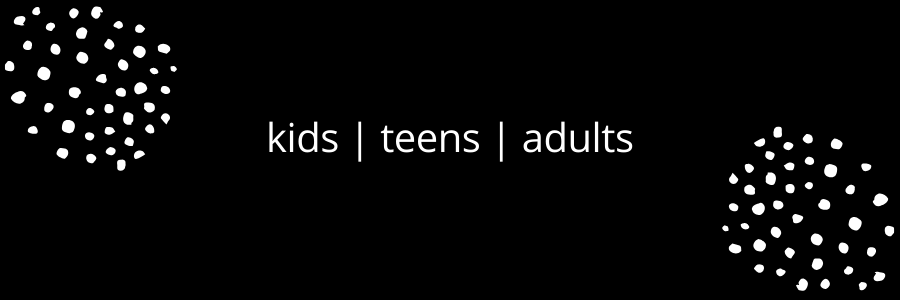A baby opens their eyes and sees for the first time. What is their introduction to the world of seeing, of colour, form, texture?
From that moment on, we are flooded with images. We live in a visual world, one that increasingly uses pictures rather than words to communicate. As children therefore it is important to develop our creativity and be able to create our own images, and, by extension, our own voice.
Live Love Learn allows children to discover and explore this inner voice through the power of visualization and holistic thinking. They are given the tools to condense the large and chaotic world in which they live into a piece of art that is expressive of their own perception of things; to make sense, visually, of what may otherwise be senseless.
That being said, it is becoming harder to engage children and stimulate their imagination with all the distractions of our fast-paced, technology-oriented world. The following is an insightful article that suggests the importance of giving children opportunities to develop concentration skills and ability to focus.
As parents we can give them these opportunities by encouraging creative, engaging activities outside the digital realm. Children at Live Love Learn develop the ability to devote sustained attention to a particular task as they consider the concepts they wish to explore in their artmaking and visualize how these concepts may be realised. The artmaking itself is a meditative process that rewards children with a physical, beautiful manifestation of what they can create by accessing their imagination and developing their skills as young artists.
There are plenty of other ways you can involve yourself and your kids more actively in the world of art.
The Museum of Contemporary Art’s Sunday Family Fun Day (held on the last Sunday of every month) allows you to transform your inspiration from the museum’s imaginary dreamscapes, mystical beasts and sacred shrines into your own artworks. You and your kids can experiment with different materials to make your own trinkets and talismans. It is also a very powerful experience for young kids to spend time in art galleries – anything that gives you a heightened awareness of other ways of looking at the world!
Pinterest is another fantastic source of ideas and inspiration for artmaking activities. Most are so easy but with stunning results, for example bottle painting http://www.pinterest.com/pin/178032991493051506 or this newspaper cityscape http://www.pinterest.com/pin/232076187020876932/ or even this tutorial on making a beaded dragonfly http://www.clickacraft.com/beading/insects/beaded-dragonfly.
You can also make your child’s use of technology a more interactive and stimulating experience by downloading apps that allow them to be creative – for example, Kids
Finger Painting, Art of Glow, Kaleidoscope Drawing Pad, How to Draw…you can imagine the options are endless!
I think back to some of the arty activities I did at home as a child: my mum used to buy plates and cheap nail polishes to paint them; my dad would read us out passages from Roald Dahl books and my sister and I would do our own illustrations. Children crave opportunities to be creative and stretch their imaginative thinking – they just need to be given them! I also loved The Cat in the Hat and would sit for hours drawing my own version of the images from my imagination.
There were large doses of creativity and imagination at Live Love Learn’s January workshops. School holidays are a particularly difficult time as kids do not have the daily stimulation of school; art workshops provide them with this much-needed outlet as well as the chance to interact with other kids in a mindful and energising environment.
It starts with you encouraging your children to experiment, create, design, visualise – and ends with these skills becoming like second nature to them, allowing them to consider the world more insightfully and holistically. We hope we can instill in them, even in the most basic ways, the power of these skills.














